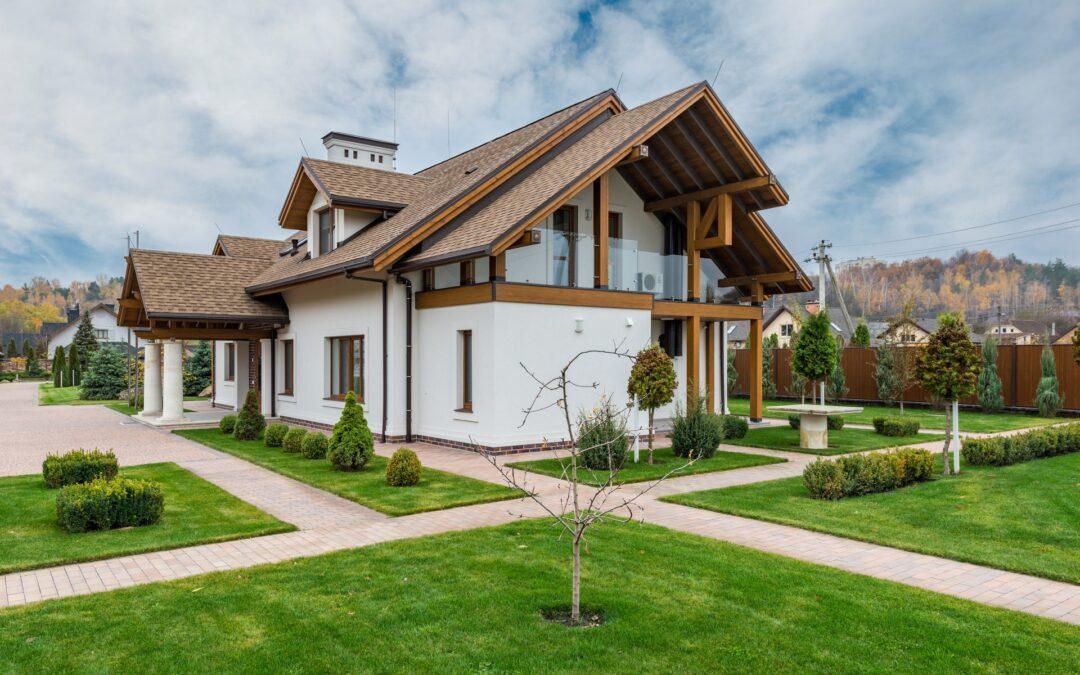It is no secret that the senior housing sector (that includes independent living, assisted living, and memory care communities), suffered during the coronavirus pandemic.
Restrictions meant to protect residents from infection made it difficult to rent beds and many seniors who might have moved in during a normal year stayed away. Said restrictions reduced the income that a property might produce and the amount that potential investors are willing to pay.
However, recent data has shown that COVID-19 cases at nursing homes have fallen dramatically since vaccines started to be administered. This is because as the vaccines started to get distributed, the interest for investors in senior housing increased. The trend indicates that this interest will continue to grow as experts think more seniors are likely to move into these communities in 2021, filling empty beds.
What is happening right now is that senior housing investors are opening their wallets to buy properties, including independent living, assisted living, and memory care facilities… when they can find a property to buy.
Investors Buy Whatever Properties Are Available
According to data from NIC MAP Data Service and Real Capital Analytics, investors spent just $1.3 billion buying seniors housing in the fourth quarter of 2020. That total includes independent living, assisted living, and memory care properties. It’s just a third of the $3.8 billion that investors spent to buy those same types of senior housing the years before.
Those numbers are a clear indicator that there is still not a lot of trading in the market. It is most likely that many operators wanting to sell have been holding on, hoping for higher prices.
Back when the U.S. economy largely ground to a halt as state governments ordered many businesses to shut their doors to slow the spread of the coronavirus, investors spent just $628 million to buy seniors housing properties, which is less than a quarter of their activity in the same period the year before, according to NIC and Real Capital.
More Vacancy At Senior Housing Properties
According to NIC MAP Data Service, just 83.5% of beds at independent living seniors housing properties were occupied in the last quarter of 2020. That’s down from 89.8% the year before. As expected, the pandemic has made it much more difficult to operate senior housing.
For assisted living facilities, the average occupancy rate is even lower. Just 77.7% of those beds were occupied at the end of 2020. That’s down from 85.1% the year before.
It is important to notice that many assisted living properties have strained to compete with many new seniors housing properties that opened in recent years.
The growing number of empty beds at seniors housing properties has affected the income these properties produce—and the prices that investors are willing to pay.
For reference, buyers paid just $170,000 per unit, on average, over the 12 months that ended in the fourth quarter of 2020, according to NIC and Real Capital. That’s down from $199,000 the year before.
These prices are high relative to the income produced by the properties. Cash flows are down across the industry so obviously cap rates are down. Current prices work out to an internal rate of return of 10% to 12% for most buyers.
Very few owners of senior housing are willing to sell at those prices. Even if buyers were willing to pay more—hoping for fast recovery in 2021—lenders are unlikely to underwrite a loan based on optimistic projections, if they are willing to lend at all.
Leasing Offices Are Getting Busier
The leasing offices at many seniors housing properties are already getting more calls from potential new residents.
Demand for seniors housing should increase even more this spring as government officials reduce restrictions meant to protect seniors from the coronavirus. Since in most states you could not tour a property in person, that made it especially difficult to lease senior housing beds. Remember that seniors normally tour a housing community several times before they move in.
Once the vaccine for coronavirus has made it safer to tour senior housing properties, seniors are likely to rush to rent, especially assisted living properties, which provide health services.
Many seniors who move into independent living communities are relatively young, in their early 80s on average, and are not generally forced to move because of health reasons.
However, these younger seniors are likely to want and need the company and activities provided by independent living, especially after suffering through months of quarantine. Even before the coronavirus, more than half of the people who moved into independent living communities had lost a spouse, meaning that the majority of residents are also looking to make friends and have a good time.
For that same reason, age-restricted communities performed extremely well during the pandemic. These properties are often built for younger seniors over 55, offering fewer services. They were able to operate with fewer restrictions during the crisis.
The data so far makes a strong case for investing in senior housing this year. Many investment firms are already working on acquiring properties of this kind of investing in ground-up development, which offers higher returns to investors in the long run. With these post-vaccine trends and the silver tsunami already in motion, senior housing can be a great wealth-building device for keen investors.
If you’re interested in learning more about real estate investing and syndications, be sure to subscribe to our newsletter. We share useful content like this article that can help you understand and start with syndication and passive investing.

